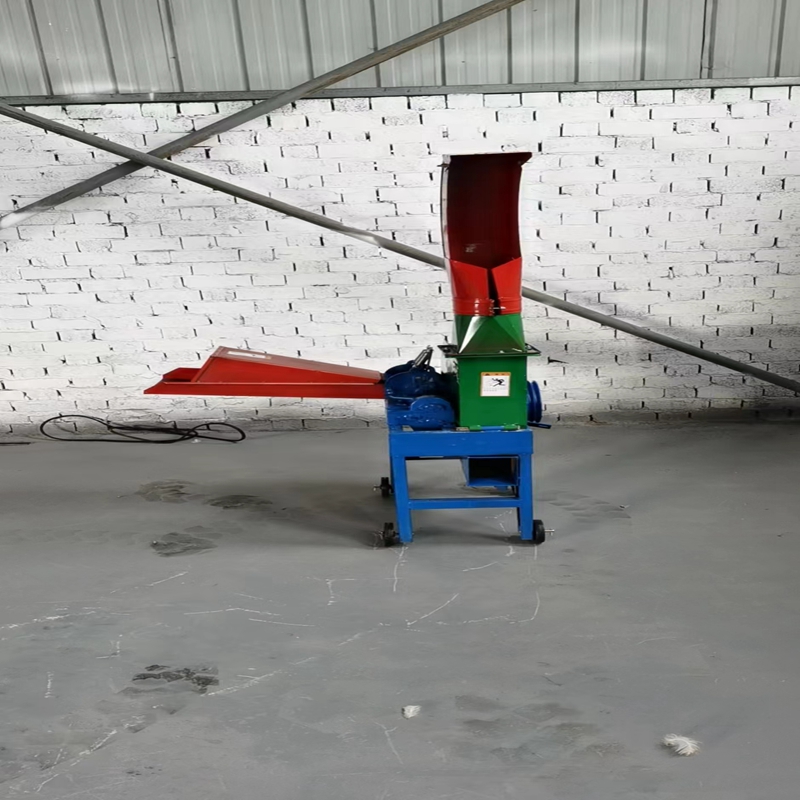Innovative Solutions for Efficient Feed Pelletizer Machines to Enhance Livestock Nutrition and Productivity
Jul . 31, 2024 20:56 Back to list
Innovative Solutions for Efficient Feed Pelletizer Machines to Enhance Livestock Nutrition and Productivity
Understanding Feed Pelletizer Machines A Comprehensive Overview
Feed pelletizer machines have become an integral part of the animal husbandry industry, enhancing feed production efficiency and improving animal health. These machines are designed to compress various ingredients into pellet form, ensuring easy digestion and better nutrient absorption for livestock and poultry. This article delves into the purpose, workings, benefits, and types of feed pelletizer machines to provide a thorough understanding for farmers, producers, and anyone interested in the animal feed industry.
What is a Feed Pelletizer Machine?
A feed pelletizer machine is a specialized industrial device that converts raw feed ingredients, such as grains, protein meals, and vitamins, into small, pellet-shaped products. The primary goal of pelletizing is to create a uniform product that is easier to handle, store, and transport than loose raw ingredients. The pelletizing process also helps in reducing dust, minimizing wastage, and improving feed formulation consistency.
How Does a Feed Pelletizer Machine Work?
Feed pelletizers operate through a straightforward yet effective mechanism. The raw materials are first ground into a powder or mash form. This powdered feed is then fed into the machine, where it is subjected to heat and pressure. The heat can be introduced via steam or through friction generated by the movement of the machine. As the moisture content is controlled, the feed undergoes gelatinization, making it pliable.
The feed is then forced through a die, creating pellets of specific diameters and lengths. Following this process, the pellets are often cooled, dried, and packaged for distribution. Many modern feed pelletizers also include automation features, allowing for continuous production and precise control over the feed formulation.
Benefits of Using Feed Pelletizer Machines
1. Improved Nutrition Pellets ensure that animals receive a balanced diet, as the ingredients are uniformly mixed and compressed. This promotes better nutritional uptake and reduces the risk of selective feeding.
2. Enhanced Digestibility The heat treatment during the pelleting process helps in breaking down certain components in the feed, making it easier for animals to digest.
3. Reduced Feed Wastage Pellets are less prone to spoilage and deterioration compared to loose feed materials, which helps minimize waste and economic loss for producers.
feed pelletizer machines

4. Convenience The compact shape of pellets makes them easier to handle, transport, and store. They can be utilized in feeding systems that automate the delivery of feed to animals.
5. Pellet Durability High-quality pellets maintain their integrity better than traditional feed forms, minimizing dust and crumbs, which can be problematic in feeding environments.
Types of Feed Pelletizer Machines
Feed pelletizer machines come in various types, depending on the scale of production and specific requirements. Some common types include
1. Diesel Feed Pelletizer Ideal for remote locations, these machines operate on diesel fuel and provide flexibility in energy sources.
2. Electric Feed Pelletizer These are suitable for larger operations, offering more power and efficiency with reduced operational costs over time.
3. Flat Die Pellet Mill This type is commonly used for small to medium-scale production, particularly suitable for farmers producing their own feed.
4. Ring Die Pellet Mill Designed for large-scale production, this type allows for continuous production and higher output.
Conclusion
In summary, feed pelletizer machines play a crucial role in the animal feed industry, providing numerous benefits that enhance feed quality and efficiency. By understanding their functionality and advantages, producers can make informed decisions about incorporating these machines into their operations, ultimately improving livestock health and productivity. As the demand for high-quality animal feed continues to grow, the importance of advanced technologies like feed pelletizers will only increase, paving the way for a more sustainable and efficient agricultural future.
-
Automatic Feeding Line System-Pan Feeder Nipple Drinker|Anping County Yize Metal Products Co., Ltd.
NewsJul.29,2025
-
Hot Sale 24 & 18 Door Rabbit Cages - Premium Breeding Solutions
NewsJul.25,2025
-
Automatic Feeding Line System Pan Feeder Nipple Drinker - Anping County Yize Metal Products Co., Ltd.
NewsJul.21,2025
-
Automatic Feeding Line System Pan Feeder Nipple Drinker - Anping County Yize Metal Products Co., Ltd.
NewsJul.21,2025
-
Automatic Feeding Line System - Anping Yize | Precision & Nipple
NewsJul.21,2025
-
Automatic Feeding Line System - Anping Yize | Precision & Nipple
NewsJul.21,2025






